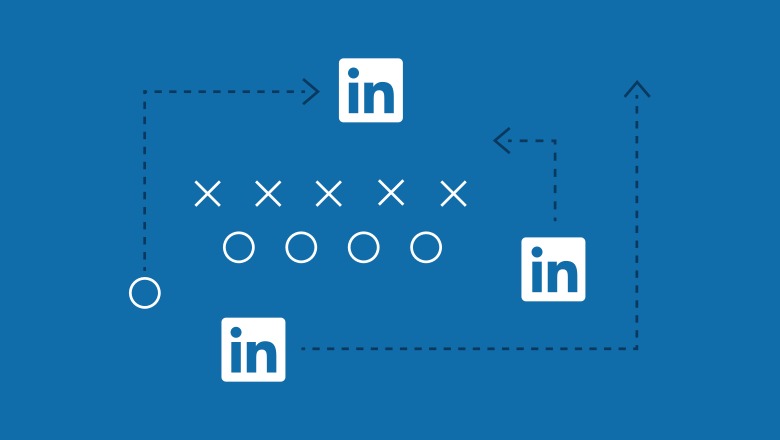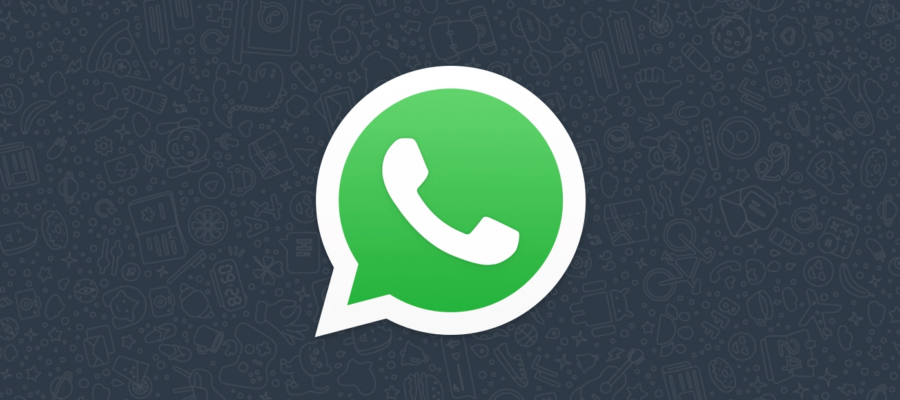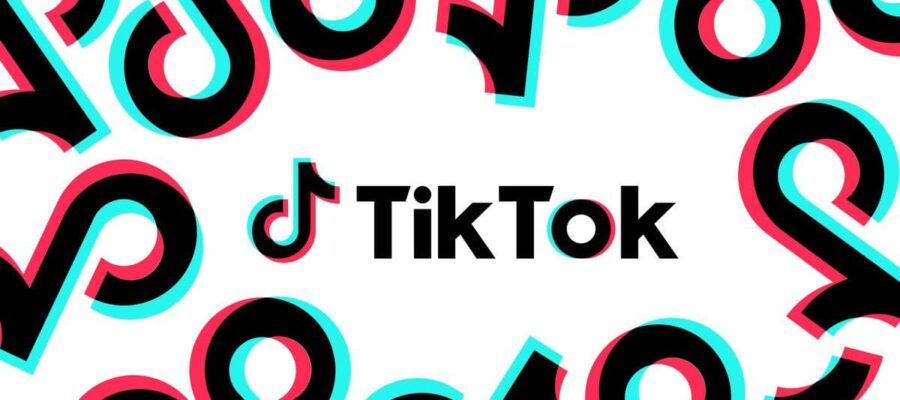
How to Use Marketing Automation Tools Effectively
17/02/2023
Advanced LinkedIn Sales Prospecting Tips
22/02/2023If your business uses traditional means to determine your marketing budget, follows current trends, or has a custom formula based on specific needs, there is a good chance that more of it will be allocated to digital marketing with each passing year. If you feel confused about allocating your marketing budget across digital marketing channels, check below in which ways you can optimize your marketing budget and get the most out of it.
To begin with, let’s have a look at what is budget allocation in online marketing. Budget allocation is the way you allocate money to different departments or projects. In marketing, it means deciding how much money you should be investing in your marketing campaigns across different marketing channels. The field of online marketing is vast, and budget allocation in digital media includes many different possibilities. A business can decide to invest in SEO, social media ads, or video marketing.
Usually, marketers prefer to invest in social media, either by creating content for organic engagement or either by proceeding with paid ads on each platform. In social media, the people in your target market are most likely to use platforms like Instagram, Twitter, Facebook, or LinkedIn. Social media platforms have become a massive source of qualified prospects for many companies, and it is the easiest and most convenient way to improve your engagement and gain new customers. However, in order to do that you need to find out where your target audience spends time online in order to optimize your budget wisely.
You need to get to know customers better and have an understanding of where they spend time online. This can help you to direct your resources to the right places and maximize your return on spending. Use analytics, and advanced metrics to track where your target audience spends its time, how long they stay, and what causes them to leave. A key tip here is that you need to create a persona of your ideal customer, in order to get an overall idea of what you are looking for. Create a buyer persona, for your ideal customer client you need to consider their age, gender, job title, income, family life, hobbies, interests, and anything else that’s relevant to you.
Then, you need to test multiple channels, in order to check which, one works best for you. During the budgeting process, you need to establish your key performance indicators (KPIs) and test them across several channels, and then compare the performance against your KPIs. In this way, you will get a better sense of what is working and what is not. Testing across multiple channels, allows you to capitalize on opportunities and avoid areas where you’re not getting worthwhile results. Then optimize your digital marketing budget by focusing on channels that are providing the highest return on investment (ROI).
Then you need to proceed with a cross – channel remarketing. By doing that you can get a good return for minimal investment. Remarketing or retargeting allows you to show ads to users who have visited your site or clicked on one of your ads but didn’t convert it. They have already shown an interest, and now your ads will show up as they look at other sites and platforms.
After following the above steps, you need to test and refine your practices. In digital marketing, optimization is one of the most important tasks that you need to continue doing. If your goal is to always get the most out of your digital marketing budget, then you need to keep refining the campaigns across all platforms and testing new ideas, strategies, and concepts. A slight change in a campaign won’t result in higher expenditure, so if it produces a greater ROI than before, you have effectively optimized your marketing budget with improved results.
Lastly, you need to ensure that sales and marketing are aligned. It is important to have a marketing and sales team working together in order to accomplish your goals. With many online marketing initiatives, there is no direct contact with a member of the sales team, and purchases are made online. But if your sales funnel includes the sales team, then these must be aligned to convert leads into paying customers.
When it comes to setting and optimizing your organization’s digital marketing budget, there are many variables at play and these variables can change quickly and without warning. However, using the above strategies should help you to ensure that your budget stretches further and is being used on the correct platforms that get results.
Find more information here: http://bit.ly/2BPQn38
For more information contact us at: [email protected]





